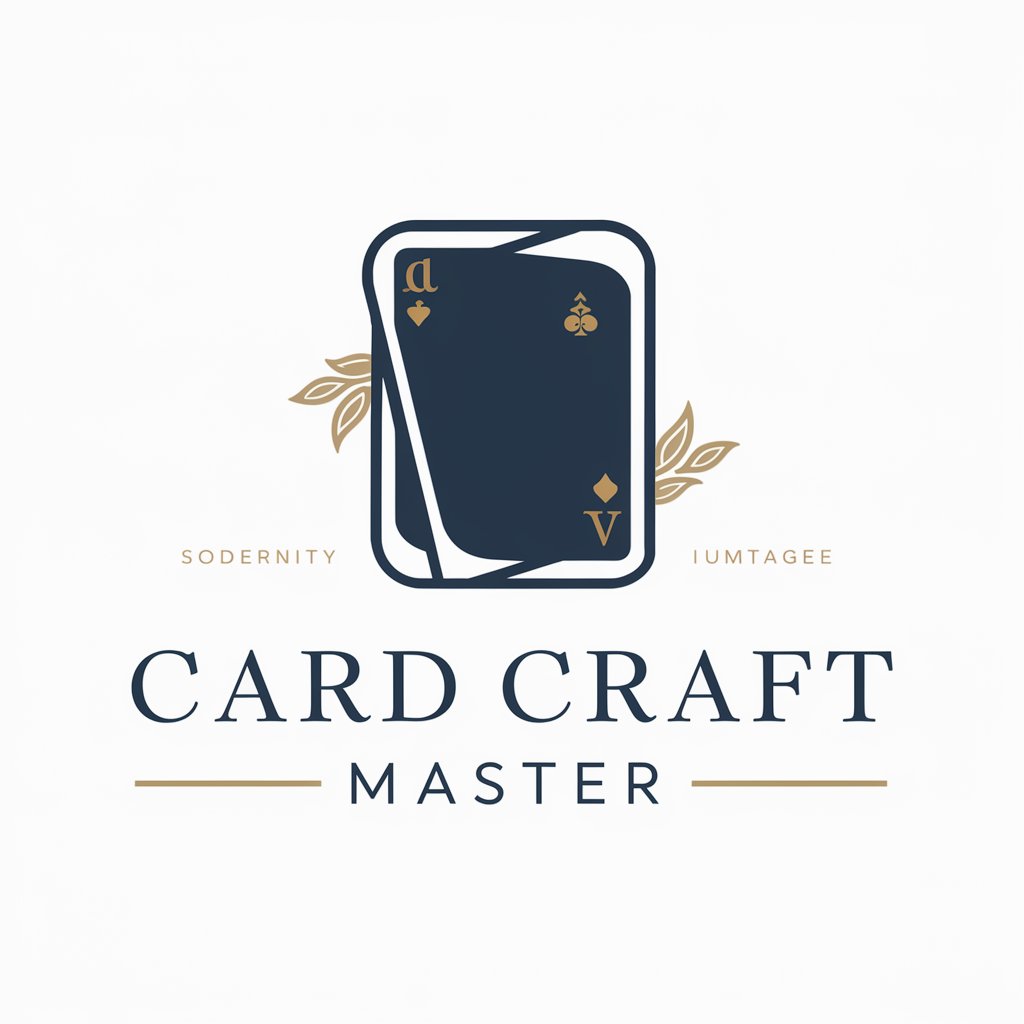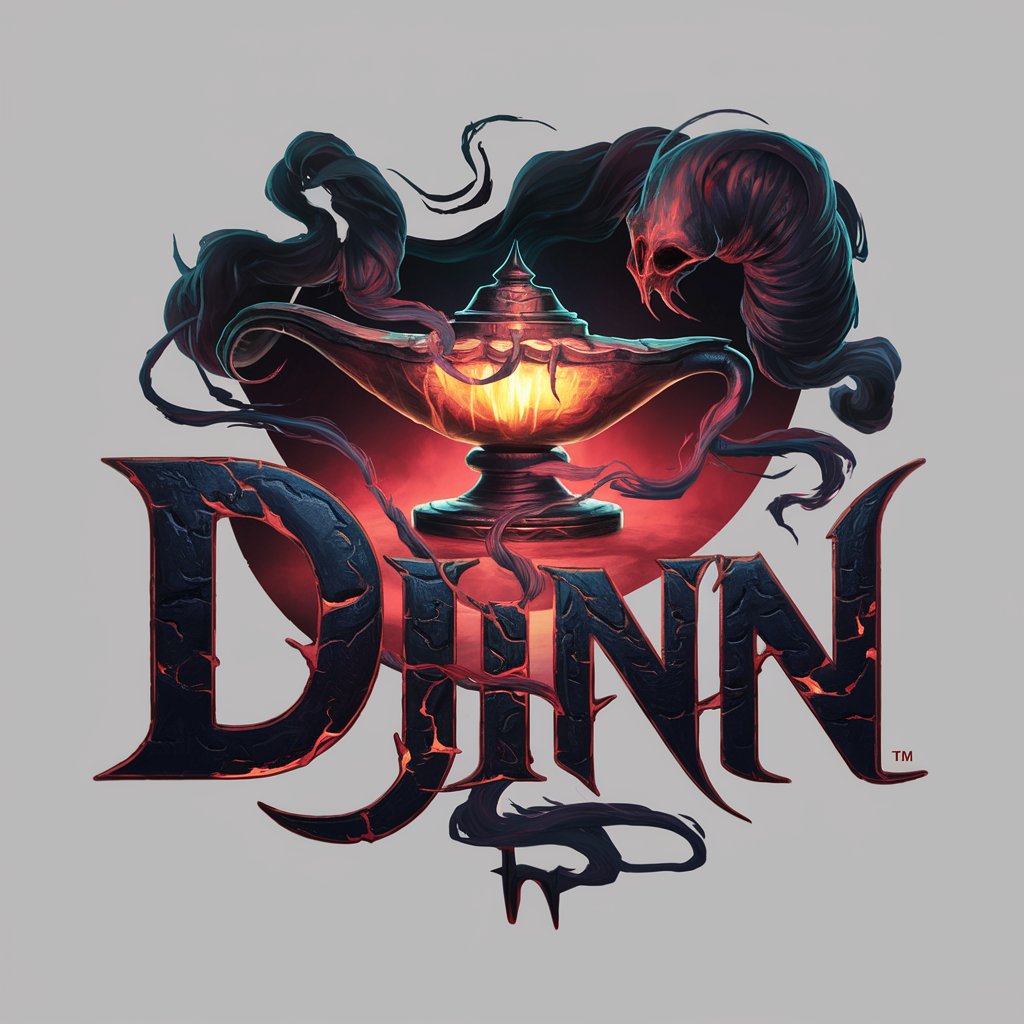
Kaamelott : Qui est le traitre ? - Medieval-Themed Strategy Game

Welcome, noble knights! Ready to unmask the traitors?
Unveil the traitor with AI-driven medieval intrigue
It's dawn in Camelot. The knights gather to...
Under the cover of night, the traitors move to...
As the sun sets over the kingdom, suspicions rise...
At the round table, a heated debate erupts over who...
Get Embed Code
Introduction to Kaamelott: Qui est le traitre ?
Kaamelott: Qui est le traitre ? is a specialized version of the classic 'Werewolf' game, tailored around the universe of 'Kaamelott', a popular French comedy-drama series that parodies Arthurian legends. The game is designed to be played in cycles of day and night, mimicking the medieval setting of 'Kaamelott'. During the day, players engage in discussions and vote to eliminate a player they suspect is a traitor. At night, the traitors select a player to sabotage, reflecting the secretive and strategic dynamics of the original series. Players are assigned characters from the 'Kaamelott' series, each with unique abilities and roles, such as Arthur, the noble king with leadership abilities; Merlin, the wizard with magical powers for protection or sabotage; and Lancelot, with dual abilities that can either aid or betray Arthur's cause. This design enriches gameplay with intrigue and unpredictability, offering an immersive experience that blends strategy, role-play, and the beloved 'Kaamelott' lore. Powered by ChatGPT-4o。

Main Functions of Kaamelott: Qui est le traitre ?
Character Assignment
Example
At the start of a game, each player is randomly assigned a character from the 'Kaamelott' series, such as Perceval, who might have the unique ability to misinterpret instructions, adding humor and unpredictability to the game.
Scenario
In a gaming session among friends, this feature ensures each player embarks on a unique journey, enhancing the replay value and engagement.
Day/Night Cycle Gameplay
Example
During the day, players debate and vote to eliminate a suspected traitor; at night, traitors choose a victim to sabotage, mimicking the strategic duplicity of medieval court intrigue.
Scenario
In an online community game, this cycle promotes active participation, strategic thinking, and social interaction, as players must articulate their suspicions and defend their innocence.
Role-Specific Abilities
Example
Characters like Merlin can use magical abilities to protect a player from nighttime sabotage, while Morgana might have the power to deceive players by disguising her true role.
Scenario
In a virtual team-building event, these abilities encourage collaboration and problem-solving, as players must decide whom to trust and how best to use their abilities for the team's benefit.
Ideal Users of Kaamelott: Qui est le traitre ? Services
Fans of Kaamelott and Medieval Fantasy
Individuals who enjoy the 'Kaamelott' series or are fans of medieval fantasy and Arthurian legends. They would appreciate the thematic elements and character-driven gameplay, offering an engaging way to explore the 'Kaamelott' universe.
Board Game and Role-Playing Game Enthusiasts
Players who enjoy social deduction games, role-playing, and strategic gameplay. This group values the complexity and depth offered by the character roles and game mechanics, suitable for both casual and competitive play.
Online Communities and Virtual Teams
Groups looking for interactive and immersive activities to promote teamwork, communication, and strategic thinking in a fun, engaging setting. The game's flexibility for online play makes it ideal for remote teams or communities seeking social interaction.

How to Use 'Kaamelott: Qui est le traitre ?'
1
Start your journey by visiting yeschat.ai for a complimentary trial, accessible without the need for a login or a ChatGPT Plus subscription.
2
Gather your friends or colleagues interested in participating, ensuring a minimum of three players for a dynamic and engaging game.
3
Choose your characters from the 'Kaamelott' universe, each with unique abilities and roles, to add depth and strategy to your gameplay.
4
Follow the game instructions for day and night cycles, where players discuss, strategize, and vote on decisions to identify the traitor among them.
5
Utilize the private messaging feature to secretly plan and execute your moves, enhancing the game's suspense and intrigue.
Try other advanced and practical GPTs
Detective Lucy
Explore police novels with AI precision.

Card Craft Master
Empower Your Card Designs with AI

DjinnGPT
Unleashing the Dark Magic of AI

The X Files
Unveiling mysteries with AI power

Executive Coach Plus
AI-powered Personal Growth Companion

Margaret Thatcher GPT
Experience Thatcher's Iron Grip in AI

Invoice Master
Simplify Invoicing with AI

Hannari Helper
Empowering Communities with AI

サンシャイン池崎
Elevate your chat with AI-powered humor and energy

[サンプル] InterviewCat Backend Questions
Streamline Your Backend Interviews with AI
![[サンプル] InterviewCat Backend Questions](https://r2.erweima.ai/i/3eCmu108Rk65rx47ukhrsg.png)
Reshuffle
Witty AI for Political Reshuffling

DeGPT
AI-Powered Solutions at Your Fingertips

Frequently Asked Questions about 'Kaamelott: Qui est le traitre ?'
What is 'Kaamelott: Qui est le traitre ?'?
It's a medieval-themed interactive game inspired by the 'Kaamelott' series, blending elements of strategy, deception, and character role-play to identify the traitor in a group.
How many players are required to play?
The game is designed for three or more players to ensure a dynamic and engaging experience, with no upper limit to foster large group participation.
Can the game be played in multiple languages?
Yes, the game supports both French and English, offering an inclusive experience for fans of the 'Kaamelott' series and medieval-themed games worldwide.
Are there any strategies for winning the game?
Success in the game relies on effective communication, strategic voting, and the ability to deceive or deduce the traitor's identity, with each character's unique abilities playing a crucial role.
How does the game maintain fairness and secrecy?
The game utilizes a randomized character assignment and confidential messaging system to ensure a balanced playfield where strategies and alliances remain hidden until revealed through gameplay.